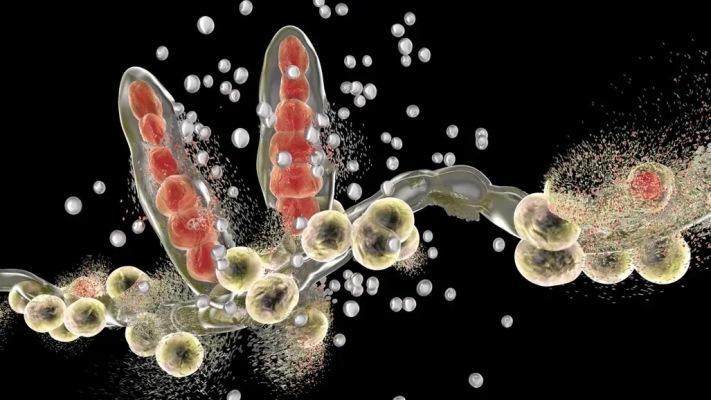As a threat to global health, the World Health Organization (WHO) has strengthened the global response to fungal infections and antifungal resistance. Increasing antifungal effectiveness is important at the site of infection. Current nanomaterials have demonstrated potential as antifungal agents, but they lack the required potency and specificity, leading to longer treatment times, potential unexpected effects, and drug resistance. Researchers at the University of Pennsylvania have now developed a new way to quickly and accurately kill oral fungal infections using magnetically controlled nanorobots.

The microrobotic system they used is the result of an ongoing collaboration between the university's dental school and the school of engineering and applied sciences. The system consists of nanoparticles that allow you to brush, floss and rinse your teeth in one go, helping to effectively remove biofilm from teeth. Researchers previously tested the system for endodontic use, and the robots demonstrated the ability to penetrate hard-to-reach root canal surfaces, disrupt biofilm, take samples for diagnostics, and even deliver medications.
In a university press release highlighting the most recent application of these microrobots, study co-author Professor Heng Michel Koo from the Department of Orthodontics explained the rationale for the study: “The yeast-like Candida forms persistent biofilm infections that are particularly difficult to treat. Current antifungal drugs lack efficacy and specificity, necessary to quickly and effectively eliminate these pathogens.”
“The methods we use to control the nanoparticles in this study are magnetic, which allows us to direct them to the exact site of infection. We use iron oxide nanoparticles, which have another important property, they are catalytic,” explained study co-author Dr. Edward Steeger , Research Fellow, School of Engineering and Applied Sciences.
When interacting with hydrogen peroxide, these catalytic nanoparticles, known as nanozymes, generate a large number of different oxygen-containing molecules, exerting antimicrobial effects. The researchers found that nanozymes bind tightly to fungal cells and specifically kill fungi. Using these properties, the researchers were able to reliably destroy the fungi within 10 minutes by directing the nanozymes to the site of infection.
“Our nanozyme assemblies demonstrate incredible attractiveness to fungal cells, especially compared to human cells. This specific binding interaction paves the way for a powerful and concentrated antifungal effect without affecting other uninfected sites,” said Dr. Stiger.
The research team believes that their nanozyme-based robots have great potential for the future. Professor Koo commented: “We have discovered a powerful tool in the fight against pathogenic fungal infections. What we have achieved is a significant leap forward, but it is only the first step. Magnetic and catalytic properties, combined with unexpected fungal binding specificity, open up incredible opportunities for automated antifungal 'target binding and killing' mechanism. We are looking to dig deeper and unlock the full potential of this mechanism.”
